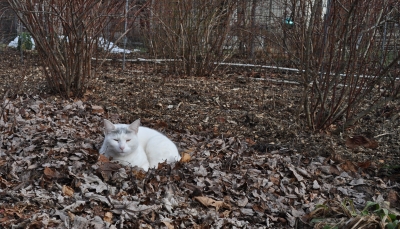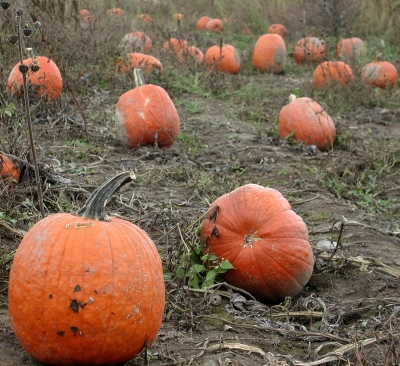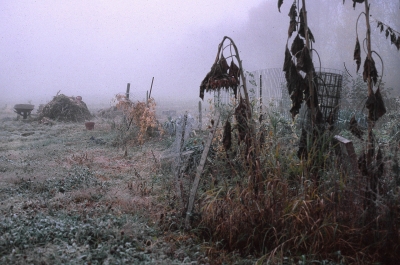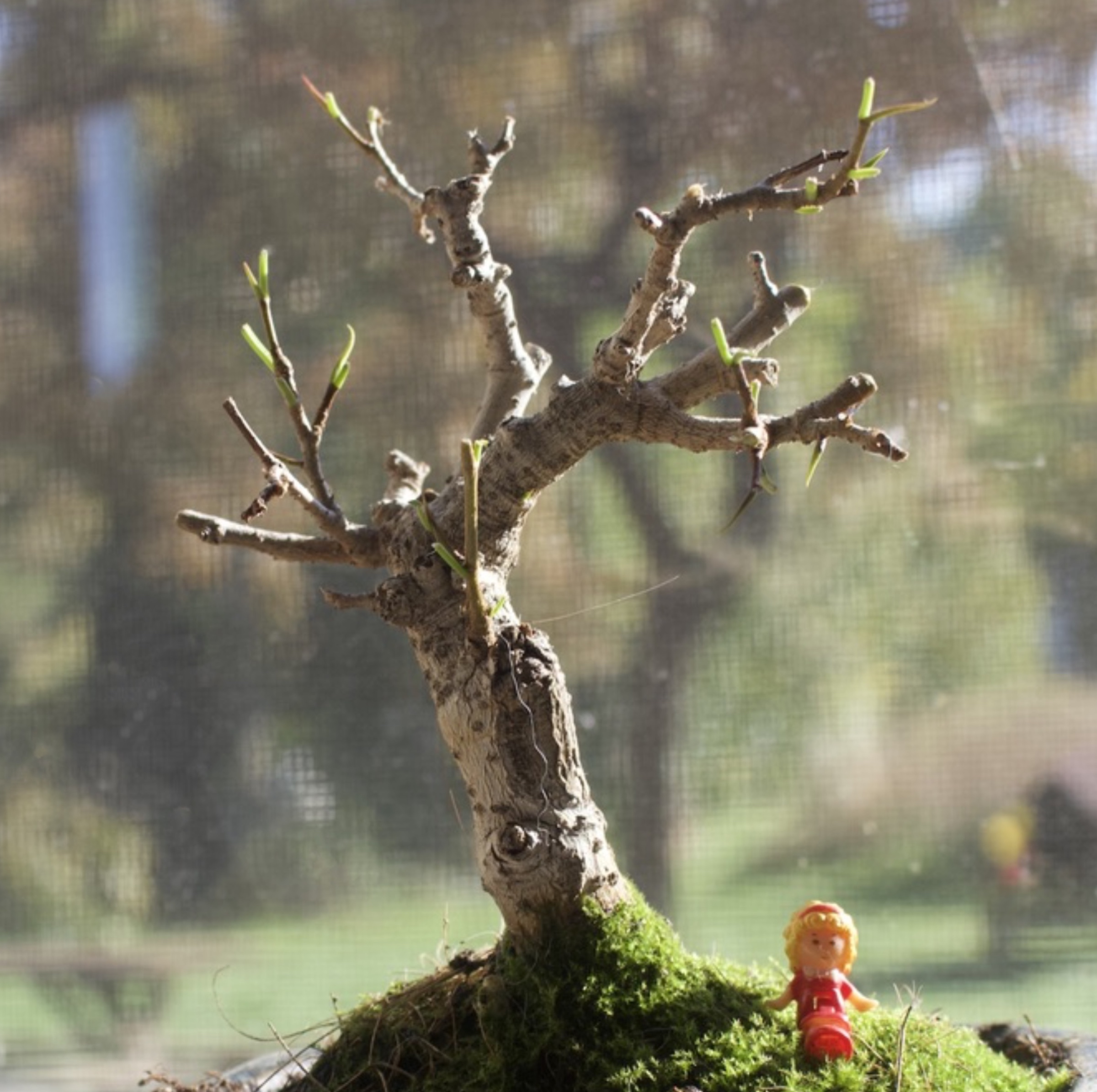WHAT’S UP WITH THE LEAVES?
/8 Comments/in Soil/by Lee ReichNo Other Explanation
The leaf-goblin struck again; this time I was sure. Leaf season is pretty much over around here but I was in my car on my way to do some errands and spotted a row of plastic trash bags full of leaves lined up along the other side of the street. I says to m’self, “I’ll be back this way within the hour, so I’ll stop and throw the bags in the back of the truck on my way home.” When I drove by again, the leaf bags were gone! This was not an isolated incident, but never has the leaf-goblin’s handiwork been so quick.
I suppose I’m to blame for this curse. Over the years, I have written about, spoken about, yes, even bragged about all the leaves — that’s other people’s leaves, conveniently in bags — that I have gathered up each autumn for my garden. I have preached to anyone who would listen about the folly of stuffing leaves into plastic garbage bags to be thrown out. Read more
NOT YET OUT OF THE PUMPKIN PATCH
/5 Comments/in Planning/by Lee ReichToday’s plans for Tomorrow’s Pumpkins
My friend Jack is already planning for next Halloween, not getting together next year’s costume, but squirreling away seeds for growing next year’s pumpkins. Jack wants good yields and he wants large pumpkins. Seeds that he bought this past spring for giant pumpkins didn’t produce any fruits. But a plant growing out of his compost pile — a “volunteer” plant — did produce a few good-sized fruits.
Jack’s question to me was whether the seeds he has saved from this productive volunteer will produce good pumpkins. My answer was, “It depends.”
First of all, it depends on what seed gave rise to that volunteer plant. Of course it was from a pumpkin. But did that pumpkin grow from a hybrid seed?
Hybrid seed is produced by deliberately crossing one plant having certain desirable traits with another plant having another set of desirable traits. Seeds from that deliberate cross grow into plants that combine the qualities of both parents.
But these qualities are not perpetuated in the seeds from the fruit of a plant grown from hybrid seed. (Yes, I wrote that correctly.) Read more
A SEMINAL NON-EVENT IN THIS YEAR’S GARDEN
/4 Comments/in Houseplants, Soil, Vegetables/by Lee ReichNo Drama
A seminal moment in the gardening year turned out to be thankfully anticlimactic. That moment was the arrival, on the morning of November 2nd, of the first fall frost. It turned out to be more than just a frost; it was a freeze, with temperature plummeting to a very chilly 22.7°F at 7:33 that morning. (I didn’t have to keep running outdoors to check my thermometer, but am able to monitor past temperatures recorded on my iPhone throughout days and nights with my handy Sensorpush.)
The cold weather had taken its time in arriving. Weather stations around the country have compiled the “average date for the first killing frost” for sites throughout the country. (Also the “average date for the last killing frost” for spring.) Where I farmden, that first frost date is October 22. That is an average; the chance of frost arriving sometime before early November is 80%, and the chance of that frost arriving by mid-October is 20%. Last week’s freeze was late.
Years ago, as a novice gardener, I planned my gardening around these published dates. I considered these averages fixed in stone. With global warming, those dates were officially amended. Messed me up for awhile until I realized that the complexity of the natural world makes it appear capricious. Read more




